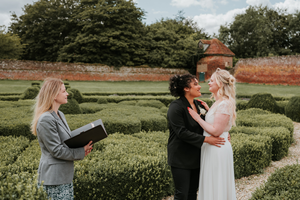Winchester Textiles and Embroidery Group’s remarkable 2024 exhibition Continuing The Thread is currently open at The Arc, Winchester. This year's exhibition is a great success, with eye-catching felt threads attracting passers-by in their droves. There is much to observe and inspire. The quality of work is high across the board, with vibrant, colourful landscapes shining alongside impressive bead and embroidery work. The variety makes our People's Choice award even more intriguing. Who will win? Come and cast your vote today at City Space!
We spoke to artist Anne Wheeler, organiser for the group and creator of the excellent pieces Symbolism and Formative Pattern, about her practice, the club and this year's show.
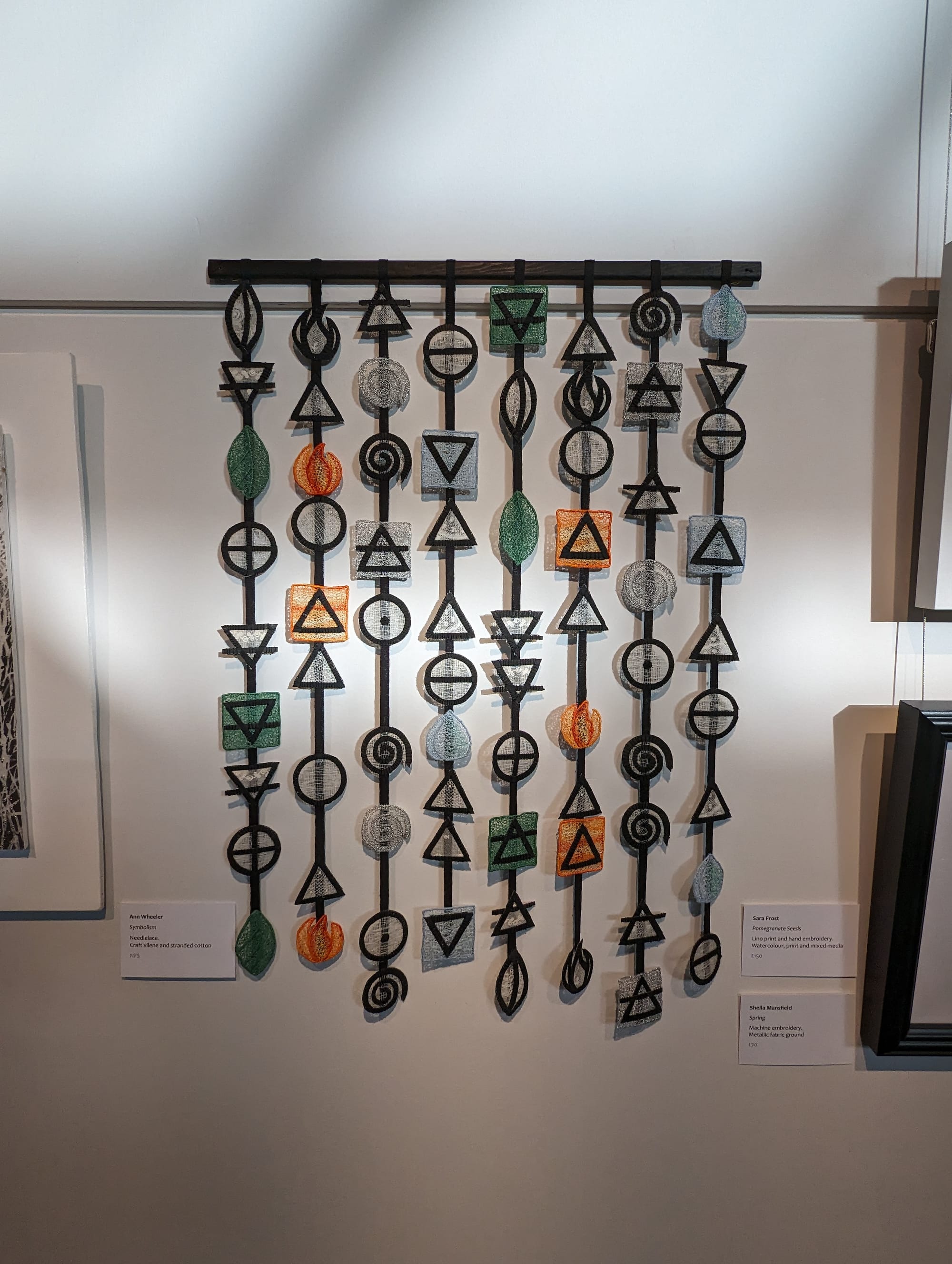
How did you first become interested in making textile art?
Probably during the 80s when I was doing a four-year City and Guilds course that sadly no longer exists. I went on to teach the C & G program at Fareham Adult Education College. During this time, the textile world was very much influenced by the courses run at Goldsmiths College, London. They were art-based and greatly excited us at that time.
How long do you spend making work each week on average?
This varies greatly as I am a full-time carer for my husband, so probably not as much as I used to. It is very much governed by if I am committed to having a specific piece ready for an exhibition.
For how long have you been a member of the Winchester textiles and embroidery group, formerly the Winchester branch of the Embroidery Guild?
Since the late 70s, it was affiliated to the Embroiderers' Guild, that had their headquarters in Hampton Court Palace.
What’s fun about being a member – do you go on trips etc? Is it very competitive?
We have a monthly meeting with varied speakers, often followed by a workshop by the same person and a yearly open day where members can sell their work and of course our triennial exhibition in Winchester.
How would you describe your style and has this changed much over your career?
Varied but it is always research- and sketchbook-led. Although I have produced many machine pieces in the past, I find I prefer hand stitching, and many of my more recent works have been historically-led. I belong and exhibit with two country-wide groups, the Textile Study Group and the Westhope Group. The latter is a lacemaking group again pushing the boundaries of people’s perception of lace.
Your work Formative Pattern is a brilliant demonstration of your creative and technical ability that is also an ode to your past. Please could you tell us more about the creation of this work?
Formative Pattern was made for a TSG exhibition. Members were asked to produce work and a brief article for a book titled Insights, showing how their thought process led to the development of their piece. As usual, this was to be a touring exhibition that sadly only visited one venue before COVID took hold, so I am doubly pleased to have it on show in Winchester. I had kept a copy of my school needlework exercise book that I had great pleasure in producing, but the rather strict spinster teacher had marked fairly critically. This was the basis for more research and development for the work.
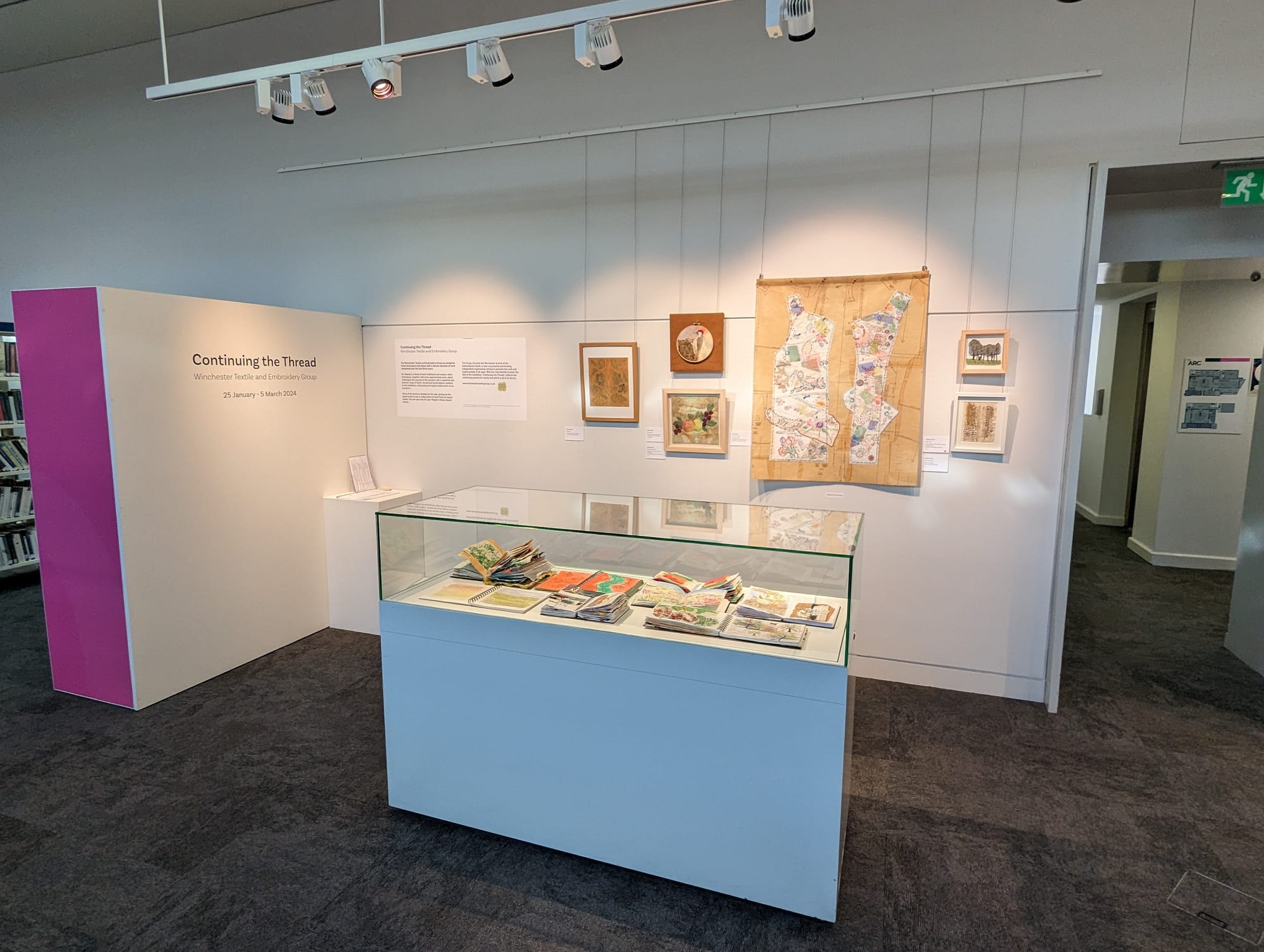
Looking around the gallery, what piece has really impressed you this year and why?
Difficult to answer... there is such a variety. For sheer skill, I think one of Margaret Lawson’s dolls, but for stretching the concept of textile art, Jackie Langfeld's pieces.
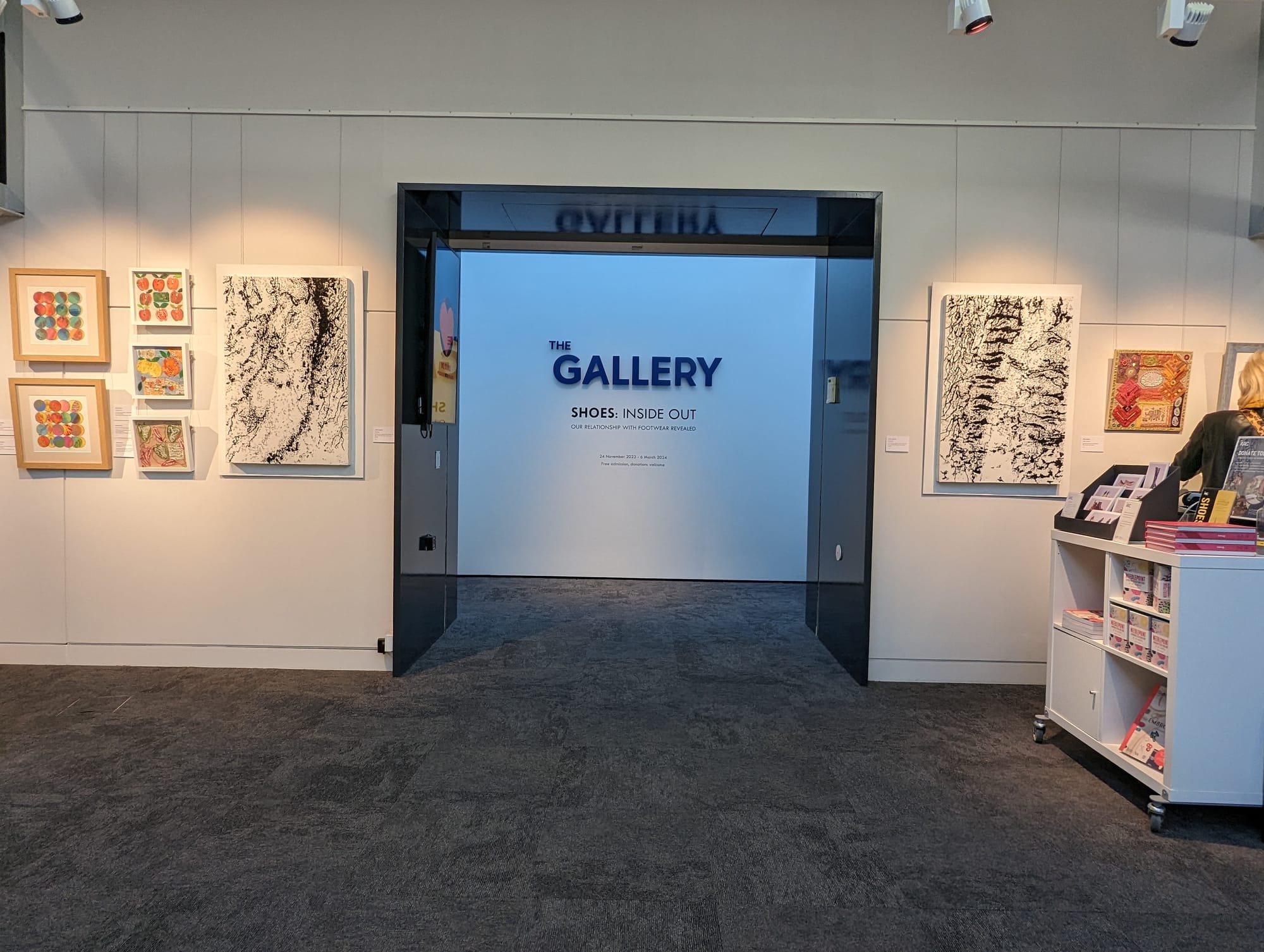
The exhibition has a surprising and impressive number of different techniques and styles – is it important that the group help promote textiles as an art form?
I think this is very important, as sadly, textiles are not looked at as art but as ‘women's work’. It is a difficult field to break into, but there are now more universities covering textiles. However, few manage to earn a living producing work and most supplement this with teaching. Many art galleries are reluctant to exhibit and sell textiles.
There’s been a lot of TV coverage on ‘making’ skills lately – Sewing Bee for example - are there lots of new and young people joining up and wanting to take part?
Very few young people, mostly middle-aged people who want a hobby.
This year’s special project ‘The Red Dress’ is really powerful and moving. Tell us more.
The Red Dress Project, conceived by British artist Kirsty Macleod, provides an artistic platform for women around the world, many of whom are vulnerable and live in poverty, to tell their personal stories through embroidery.
Our local group had a talk by Kirsty with the red dress and decided to have a competition for an embroidery made in red.
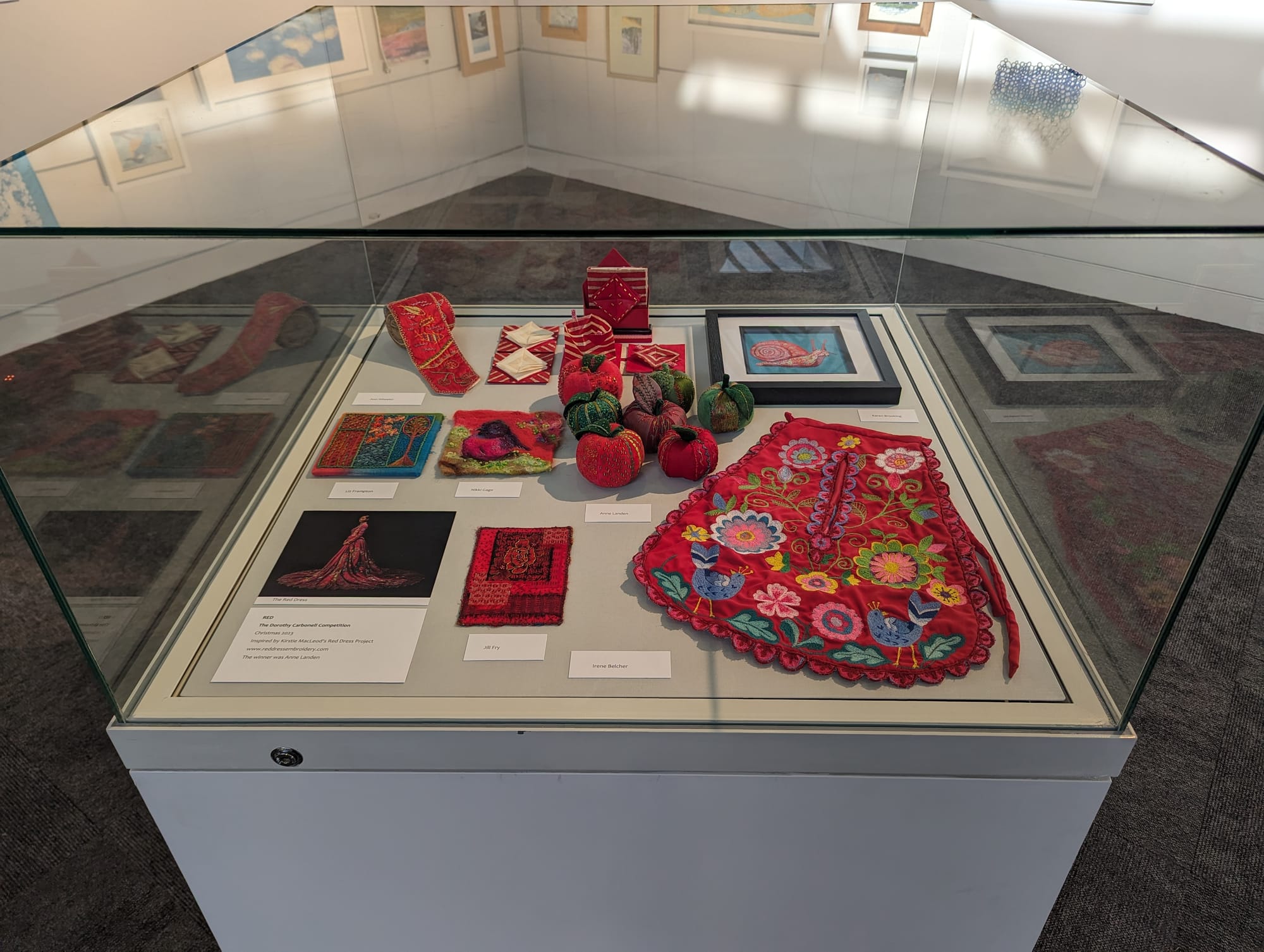
Continuing the Thread is open at The Arc, Winchester until Tuesday 5 March.
All works are available for purchase.


